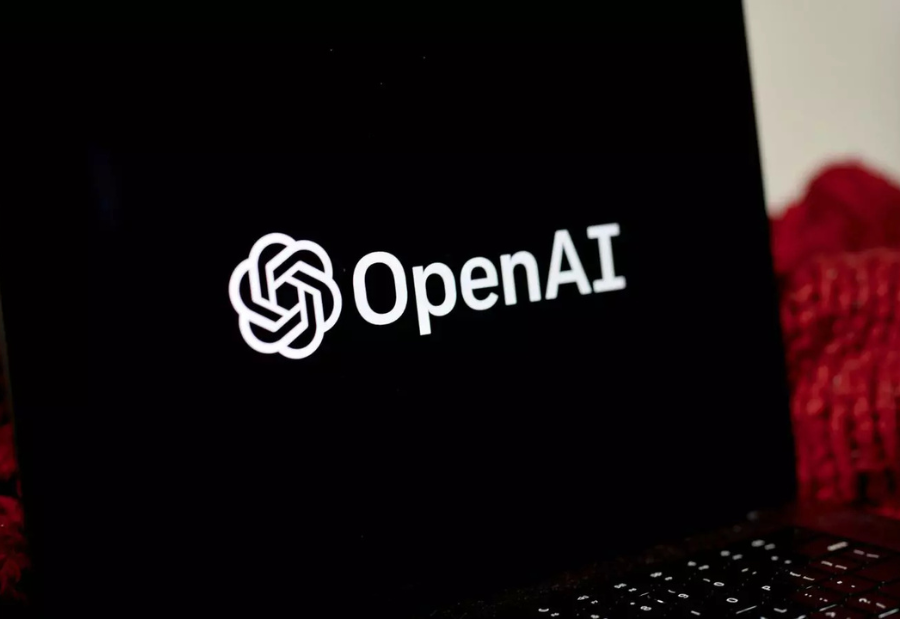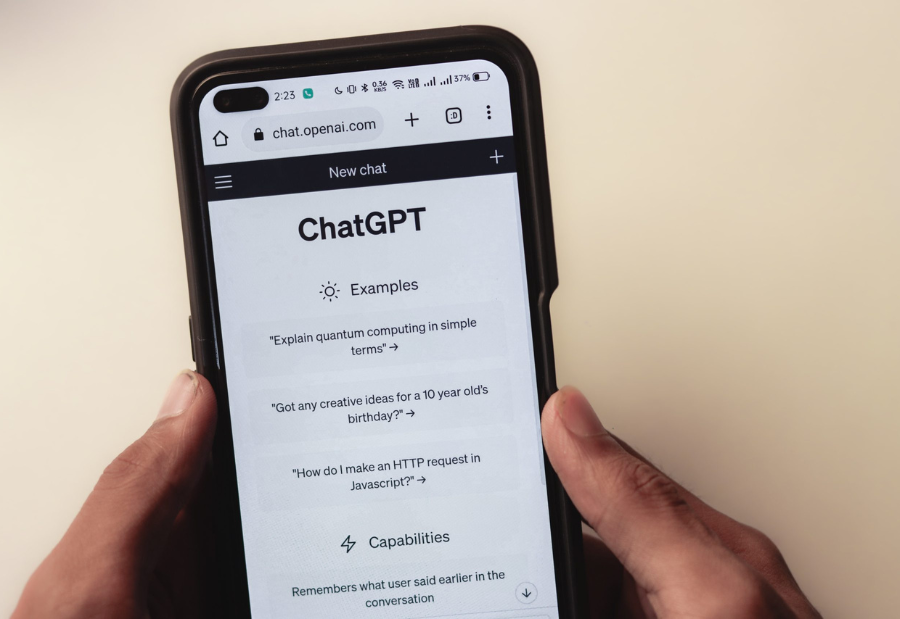OpenAI is preparing to launch GPT-5, the newest version of its advanced artificial intelligence model that originally powered ChatGPT’s rapid rise in 2022. As anticipation grows, early testers have shared that the model shows strong performance in coding, science and mathematics. However, they believe the improvement from GPT-4 to GPT-5 is not as dramatic as the leap from GPT-3 to GPT-4. The testers, who spoke anonymously due to confidentiality agreements, did not share specific technical details.
OpenAI has not provided an official release date and declined to comment on the current status of GPT-5. However, industry watchers expect the release to happen very soon, with a senior executive at the company recently posting, “Excited to see how the public receives GPT-5.”
GPT-4, released in March 2023, made headlines for its advanced capabilities. For example, it performed in the top 10 percent on a simulated bar exam, compared to GPT-3.5, which scored in the bottom 10 percent. GPT-4 set a new benchmark for language models and spurred competition across the AI landscape. Other technology companies followed quickly, releasing their own models, including Google, Amazon-backed Anthropic and Meta Platforms, which launched open-source models such as Llama 3.
The significant leap from GPT-3 to GPT-4 created high expectations for GPT-5. Navin Chaddha, managing partner at an AI-focused investment firm, commented, “OpenAI made such a great leap from GPT-3 to GPT-4, that ever since then, there has been an enormous amount of anticipation over GPT-5. The hope is that GPT-5 will unlock AI applications that move beyond chat into fully autonomous task execution.”
OpenAI’s earlier advancements were made possible by increasing the amount of computing power and training data used. However, the company has recently faced challenges in scaling further. One issue was a shortage of new high-quality data. The company’s former chief scientist explained that while processing power continues to grow, the amount of human-generated data available for training is not keeping pace.
Another challenge involves the complexity of training large models. These systems can run for months and are prone to hardware issues during training. Researchers also often cannot predict the final model’s performance until the training is complete.
To address some of these hurdles, OpenAI is now focusing on “test-time compute.” This approach applies additional computing power after the model is trained, allowing it to tackle complex tasks such as advanced mathematics or decision-making. OpenAI’s CEO, Sam Altman, has confirmed that GPT-5 will combine this method with the traditional large model architecture. He also acknowledged that the company’s products have become more complex, and simplifying the offerings is a priority.
OpenAI, supported by Microsoft and currently valued at $300 billion, continues to lead developments in artificial intelligence. GPT-5 is expected to be a key milestone not just for OpenAI, but for the entire AI industry, as users and experts alike watch closely to see what new capabilities it will bring.
Also read: Viksit Workforce for a Viksit Bharat
Do Follow: The Mainstream formerly known as CIO News LinkedIn Account | The Mainstream formerly known as CIO News Facebook | The Mainstream formerly known as CIO News Youtube | The Mainstream formerly known as CIO News Twitter |The Mainstream formerly known as CIO News Whatsapp Channel | The Mainstream formerly known as CIO News Instagram
About us:
The Mainstream formerly known as CIO News is a premier platform dedicated to delivering latest news, updates, and insights from the tech industry. With its strong foundation of intellectual property and thought leadership, the platform is well-positioned to stay ahead of the curve and lead conversations about how technology shapes our world. From its early days as CIO News to its rebranding as The Mainstream on November 28, 2024, it has been expanding its global reach, targeting key markets in the Middle East & Africa, ASEAN, the USA, and the UK. The Mainstream is a vision to put technology at the center of every conversation, inspiring professionals and organizations to embrace the future of tech.




